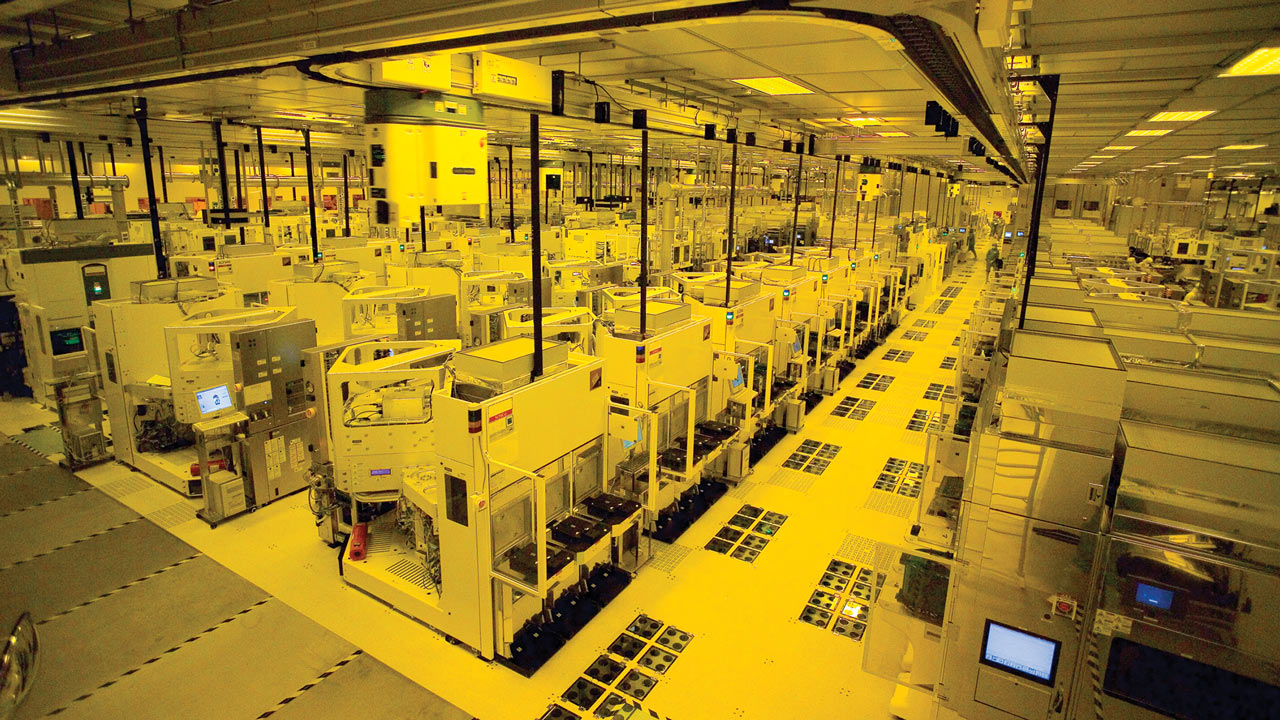
Extreme ultraviolet (EUV) lithography is vital for modern process technologies and semiconductor manufacturing for years to come. However, at 1,400 kilowatts per EUV tool — enough to power a small city — EUV lithography systems have become a substantial consumer of power that impacts the environment. TechInsights believes that the power consumption of all fabs equipped with EUV tools will exceed 54,000 gigawatts (GW) of power per year by 2030, which is more than what many countries, like Singapore or Greece, consume per year.
Current Low-NA EUV scanners require up to 1,170 kW, and next-gen High-NA tools are projected to need as much as 1,400 kW per unit (according to TechInsights). The number of these machines installed at fabs operated by Intel, Micron, Samsung, SK hynix, and, of course, TSMC, increases every year.
TechInsights believes that by 2030, the number of fabs with EUV scanners will increase from 31 today to 59, and the number of tools in operation will approximately double. As a result, all the installed EUV systems will consume 6,100 GW/year of power, which suggests that hundreds of the machines will be operational by then.
6,100 GW/year — power consumption comparable to Luxemburg's — is not a lot. However, each advanced chip takes over 4,000 steps to make, and there are hundreds of tools in a fab. EUV equipment accounts for approximately 11% of the total electricity use in a fab, with other tools, HVAC, facility systems, and cooling equipment making up the rest. As a result, the power consumption of all fabs equipped with low-NA and high-NA EUV tools is estimated to increase to 54,000 GW/year.
To put the number into context, 54,000 gigawatts a year of power is around five times more than Meta's data centers consumed in 2023. It is also more than Singapore, Greece, or Romania consume annually and more than 19 times the power consumed by the Las Vegas Strip per year. However, while this is a substantial amount of power, it is only 0.21% of the global power consumption in 2021 (25,343,000 GW/year), a rather small share.
It is fairly easy to deduce that if 59 leading-edge semiconductor production facilities with EUV tools consume 54,000 GW/year, each one will consume 915 GW/year, comparable to the power consumption of the most advanced data centers.
As the number of EUV-equipped fabs is projected to almost double by 2030 and power consumption will more than double as well, power infrastructure will face significant challenges as even today, companies like AWS, Google, Meta, and Microsoft are struggling to find places where to build their megawatt and gigawatt-scale datacenters as power grids must be able to handle them.
Nowadays, chipmakers like Intel tend to consume only sustainable green energy, but their power consumption is limited for now. With the rising power demand for AI data centers, AWS, Microsoft, and Oracle plan to use nuclear power plants to feed their data centers. Perhaps chipmakers will have to consider using nuclear power in a few years as well. However, it remains to be seen whether power grids will be ready to power AI data centers, advanced fabs, households, and other industries in just six years.
"To ensure a sustainable future, the industry will need to invest in energy-efficient technologies, explore renewable energy sources, and collaborate with policymakers to address the challenges of power infrastructure," TechInsights concludes. "By doing so, they will be able to extend the power of semiconductors while minimizing their environmental impact."







